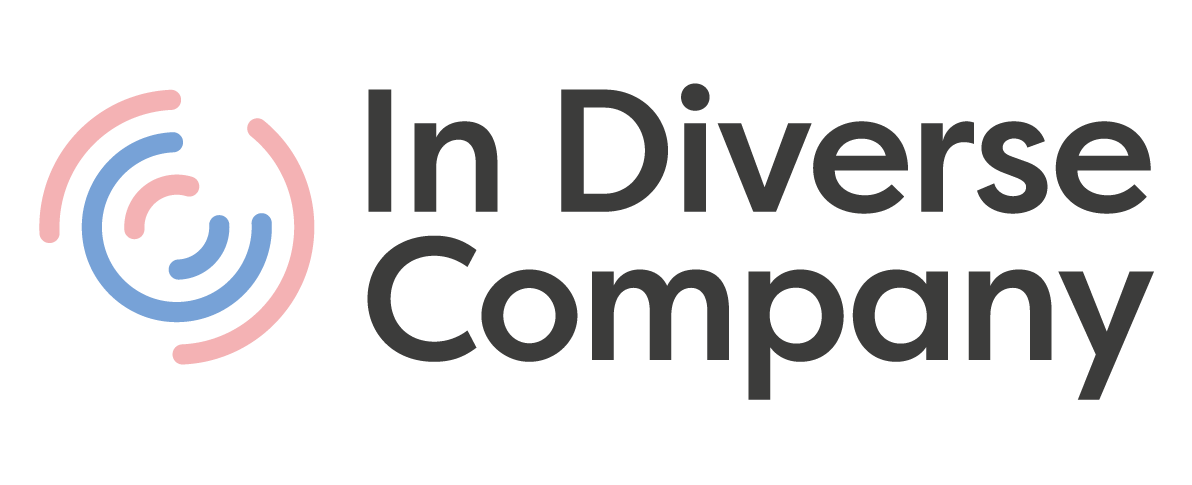By Neeti Jain, Psychology Consultant
From the minute we wake up to the sound of an alarm clock to answering messages and calls on the phone throughout the day, we are hooked to modern technology. It is impossible for majority of us to imagine a world without smartphones, cloud storage and instant connectivity.
There is a tremendous surge in new communication technologies – video calls, audio calls, chats, emails, social media, e-platforms – and the environment is still constantly evolving.
Technology has made its way through every business irrespective of the industry. Workplaces are centered with digital tools for easier communication in today’s global workforce, but businesses are struggling to use the various technology effectively because of an overload. A 2019 study found that 54% of employees have at least five different programmes running simultaneously and 56% of employees use at least three different tools to collaborate. While these tools are meant to create an easy workplace ecosystem, they are often too many and create chaos than streamlining work efficiently.
Embracing technology is mandatory for every company to survive in today’s day and age. However, the key is to adapt to it the right way. When technology is not used correctly in a workplace it can hamper employee productivity, mental well-being and performance which ultimately impacts the business.
What is the negative impact of technology in the workplace?
The various platforms used to communicate information are often used to an unnecessary extent. Information overload is the term that’s used to describe an extensive amount of irrelevant information and data flowing among employees. Dealing with excessive information makes employees feel stressed out and anxious which eventually reaches the point of burnout.
Multiple communication platforms result in constant notifications (read: distractions) that impact the ability to focus on one task at a time. Moreover, to compensate for these interruptions, individuals often try to work faster which leads to stress and frustration.
Research shows that work hours have increased because everyone can stay connected even beyond office hours. This access to each other at any hour impacts an individual’s ability to separate professional and personal time. The “always-on lifestyle” leads to fatigue, lack of sleep, stress and often leaves an individual feeling overwhelmed. This eventually affects a person’s performance, leading to absenteeism and a decrease in mental capacity to perform well.
Especially after the COVID-19 health crisis, the dependency on virtual communication has increased majorly, with companies across the globe opting for a work-from-home model to ensure the safety of employees. Even internal meetings have taken over a digital setup. It may take years to understand the long-term impact of the COVID-19 health crisis, but one thing is definite: Remote work is here to stay.
A recent research in 2020 showed that 40% of employees experience mental exhaustion due to video calls while working remotely and 45% of employees attend more meetings remotely than when working in the office.
- Employees attend an average of 3 meetings every day
- On average, employees are attending up to seven hours of calls weekly and attending 15 calls every week
- At least two in five employees identify having video conference fatigue
The work-from-home setup has led many people to become anxious about the factors that might occur in the background during a video call. It has also become harder to draw social boundaries because everyone can see where the other person lives, get an overview of their social environment which may cause discomfort to several people.
Modern technology has its blessings and curses. The real aim is to make life simpler for employees, create an efficient working ecosystem and allow companies to work at a global level. To equip all these benefits of technology, several steps need to be taken care of to ensure that collaborative tools are not negatively impacting productivity and mental well-being. So, what can be done? Let’s find out:
- Encourage an interactive culture: When in a physical office, senior leaders should encourage a face-to-face culture – when individuals communicate in reality they get a break from the screen-time. During online meetings, individuals should not be allowed to respond to emails, calls and messages and asked to keep their notifications off. This will help focus on a single activity at a time, will keep away from distractions, and foster conversations.
- Create a strategy: As a business, identify which platforms suit the working ecosystem the best. This will help structure procedures and employees will not have to consistently swap around several platforms. The choice should be a comprehensive tool that prioritises employee experience and meets all business needs. Having employees use multiple platforms is not an effective way of embracing technology.
- Eliminate the “always-on” lifestyle: Avoid sending emails after working hours, even if one doesn’t require an immediate response – it creates a sense of pressure for the other person to respond immediately.
- Communicate but be effective and thoughtful: Employees spend an average of 209 minutes every day checking emails. Before sending out a digital communication, consider whether it is necessary. If you are unsure that you are over-communicating or not – seek feedback from others.
Digital communication in the workplace is a significant task, but the benefits outweigh the challenges. Once an organisation figures how to use technology the correct way, it will increase employee engagement, productivity and efficiency.
Do you find it difficult to deal with different modes of communication at office? How does your organisation deal with it?
_
Photo by Canva
Liked this article? Share it with your network:
Here’s your next read: an article on how to work from home effectively.
Digital communication in the workplace is a significant task, but the benefits outweigh the challenges. Once an organisation figures how to use technology the correct way, it will increase employee engagement, productivity and efficiency.






